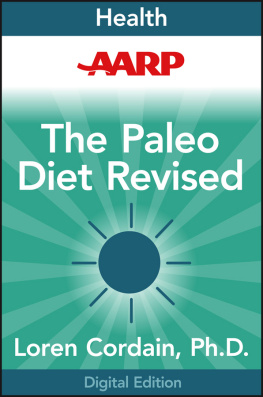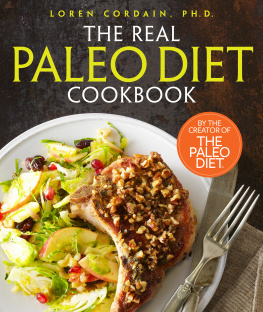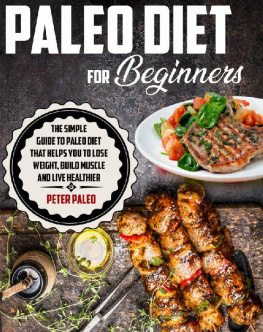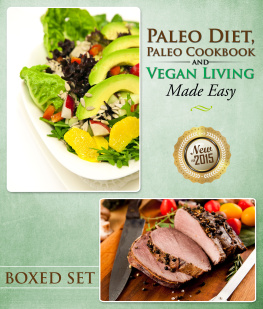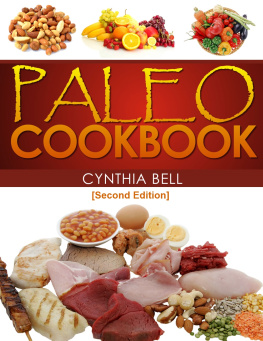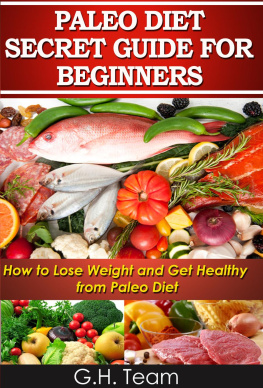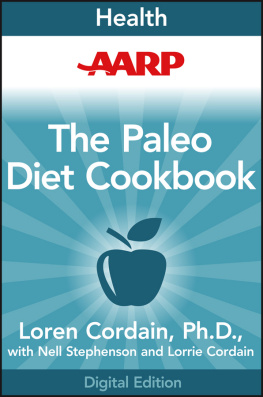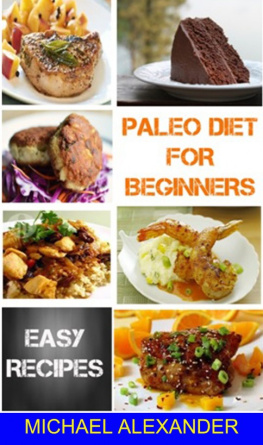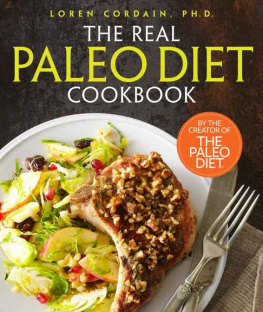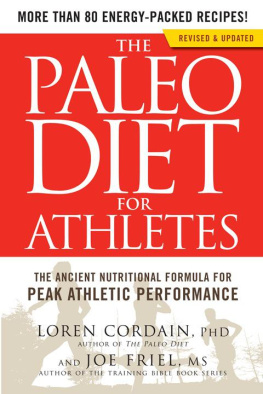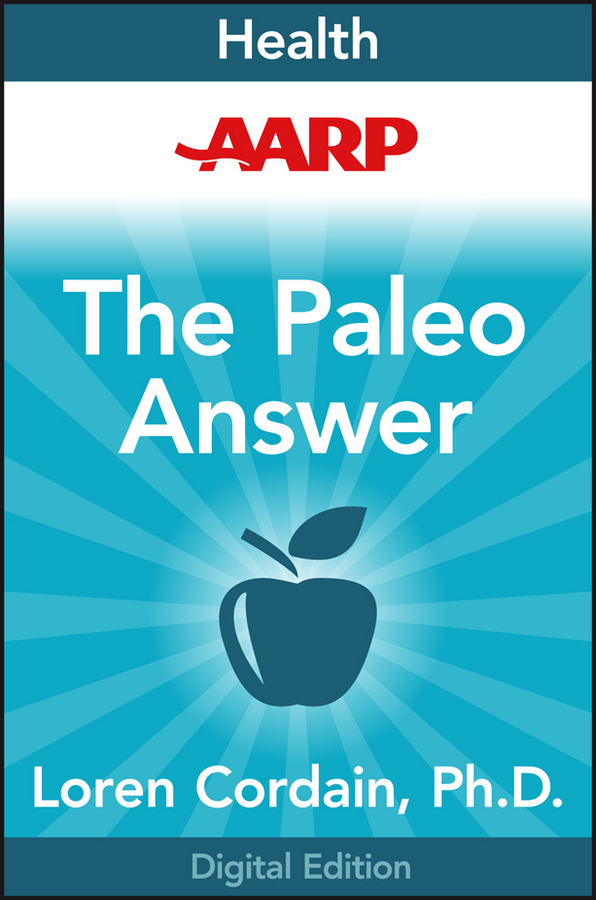FEEL BETTER EVERY DAY
Maybe youre taking up a new activity or challenging your mind with a new hobby or interest. Or maybe youre managing a health condition for yourself or a family member making sure you get the best care. Or maybe youre wondering about the science behind the latest health headlines.
Welcome to wellness for grown-ups. Where do you turn for guidance and reliable information?
Dedicated to helping you manage your health and ensure your long-term fitness, AARP offers the best in wellness wisdom, from nutrition advice that will put more spring in your step to tips and tricks for sharpening your brain to specifics about challenges like high cholesterol, diabetes and arthritis.
If youre curious what the latest superfoods and supplements can mean for your health, we can help. If youre walking around the neighborhood with a friend, stepping up your yoga practice, or training for your first triathlon, youll find strategies to help you do it better and enjoy it more. Weve sorted through the science to explain what the latest research really means to your everyday health and well-being and what breakthroughs are on the way. Weve got ideas to challenge your mind and reduce your stress levels, suggestions for feeling great every day, and new discoveries that will help you take care of yourself and the ones you love most.
Best of all, weve narrowed down the health and wellness tips that you can trust. So feel better... know more... and do more of the things you love. Were here to help.

AARP is a nonprofit, nonpartisan membership organization that helps people 50 and older improve their lives. For more than 50 years, AARP has been serving our members and society by creating positive social change. AARPs mission is to enhance the quality of life for all as we age; lead positive social change; and deliver value to members through information, service and advocacy. The information provided in these books is not a substitute for professional medical advice.
Contents
Also by Loren Cordain
The Paleo Diet
The Paleo Diet Cookbook (with Lorrie Cordain and Nell Stephenson)
The Paleo Diet for Athletes (with Joe Friel)
The Dietary Cure for Acne

Copyright 2012 by Loren Cordain. All rights reserved
Published by John Wiley & Sons, Inc., Hoboken, New Jersey
Published simultaneously in Canada
No part of this publication may be reproduced, stored in a retrieval system, or transmitted in any form or by any means, electronic, mechanical, photocopying, recording, scanning, or otherwise, except as permitted under Section 107 or 108 of the 1976 United States Copyright Act, without either the prior written permission of the Publisher, or authorization through payment of the appropriate per-copy fee to the Copyright Clearance Center, 222 Rosewood Drive, Danvers, MA 01923, (978) 750-8400, fax (978) 646-8600, or on the web at www.copyright.com . Requests to the Publisher for permission should be addressed to the Permissions Department, John Wiley & Sons, Inc., 111 River Street, Hoboken, NJ 07030, (201) 748-6011, fax (201) 748-6008, or online at http://www.wiley.com/go/permissions .
The information contained in this book is not intended to serve as a replacement for professional medical advice. Any use of the information in this book is at the readers discretion. The author and the publisher specifically disclaim any and all liability arising directly or indirectly from the use or application of any information contained in this book. A health care professional should be consulted regarding your specific situation.
For general information about our other products and services, please contact our Customer Care Department within the United States at (800) 762-2974, outside the United States at (317) 572-3993 or fax (317) 572-4002.
Wiley also publishes its books in a variety of electronic formats and by print-on-demand. Some content that appears in standard print versions of this book may not be available in other formats. For more information about Wiley products, visit us at www.wiley.com .
ISBN 978-1-118-01608-4 (cloth); ISBN 978-1-118-16009-1 (ebk);
ISBN 978-1-118-16010-7 (ebk); ISBN 978-1-118-16011-4 (ebk)
For Lorrie and the Boys
Preface
I think its important to give you a history of the Paleo Diet concept. The Paleo Diet and Paleo in general have recently become very hot topics. These ideas have become household words in the last few years; however, it hasnt always been this way. On the next page is a graph from Google Trends for the words Paleo Diet.
Its clear from this graph that the Paleo Diet was unknown to all but dedicated fans until three years ago. Fortunately, Ive been in the middle of this worldwide movement nearly from its beginnings.
Last October, I approached my sixtieth birthday with some trepidation. I was part of the 1960s generation whose mantra was not to trust anyone over thirty, and now Im twice that age. As I look back over my life, I can pinpoint a few key events that led me to discover and appreciate the Paleo Diet.
I came of age as a track and field athlete at the University of Nevada, Reno, in the late 1960s and the early 1970s, and I was always interested in diet, fitness, and athletic performance. Later as lifeguards at Lake Tahoe, my friends and I read all of the now-classic vegetarian diet and health books such as Francis Moore Lapps Diet for a Small Planet , Paivo Airolas Are You Confused? and Dick Gregorys Natural Diet for Folks Who Eat , among others. I attended a Dick Gregory lecture in Seattle and got to shake the famous comedians hand. My lifeguard friends and I experimented with vegan diets, fasting, and all kinds of vitamins and supplements. Almost everyone seemed to own a juicer.
Google Trends Search for Paleo Diet

Each summer, instead of shying away from the sun and using sunscreens, we all tried to get the deepest tans possible. We swam in Tahoes icy, invigorating, nonchlorinated waters, and decades before Vibram Five Fingers and Nike Frees (shoes that mimic bare feet) were the rage, we ran barefoot in the sand along Sand Harbors pristine shoreline. Those twenty memorable summers as a lifeguard at Tahoe heightened my awareness of the outdoor, natural world, sunshine, health, fitness, and diet.
I completed my Ph.D. in exercise physiology at the University of Utah in the spring of 1981 and was promptly hired as an assistant professor in the Department of Health and Exercise Science at Colorado State University. For the first five to ten years of my career, my research focused mainly on how diet and exercise affected fitness and athletic performance. I still hadnt encountered Paleo, but I read widely and had a considerable interest in anthropology.
In the spring of 1987, I happened upon Boyd Eaton, M.D.s now-classic scientific paper Paleolithic Nutrition: A Consideration of Its Nature and Current Implications, which had been published two years earlier in the prestigious New England Journal of Medicine . This article made a lasting impression on me; it was the single factor that caused me to focus my research interests on ancestral human diets from that point forward.


